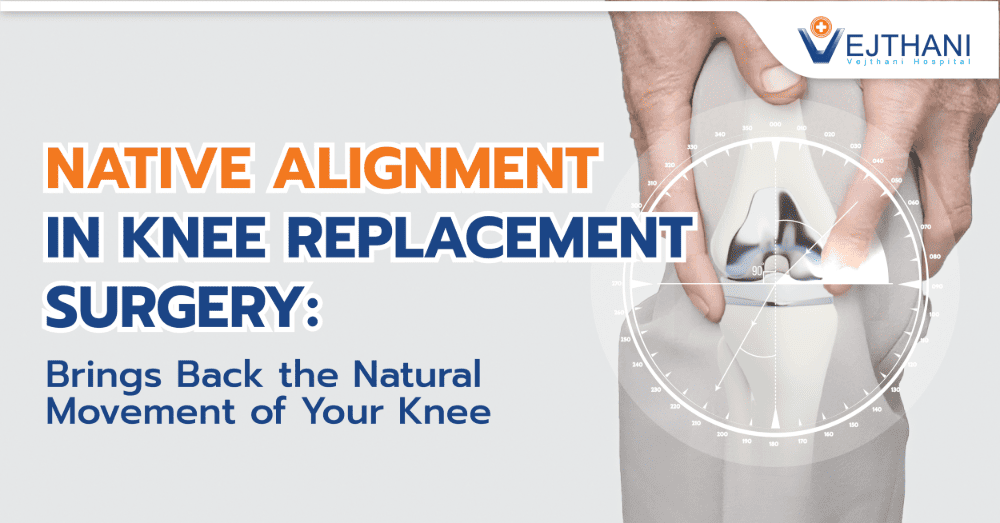
MR-Guided Focused Ultrasound for Treatment of Tremor
Overview
MR-guided focused ultrasound combines two advanced technologies: Magnetic Resonance (MR) imaging and ultrasound. MR imaging offers precise, detailed images that help surgeons accurately locate and monitor the treatment area. Ultrasound, utilizing sound waves that can pass through skin, fat, bone, and muscle, plays a crucial role. The treatment involves directing over 1,000 focused ultrasound beams at a specific target within the body, guided by MR images. The heat creates a burn that destroys the targeted tissue without causing damage to surrounding tissues.
Reasons for undergoing the procedure
Focused ultrasound has been approved by the US Food and Drug Administration for the following conditions:
- Essential Tremor: MR-guided focused ultrasound is approved for treating essential tremor that is unresponsive to medication. This treatment is authorized for tremor affecting both sides of the body, and patients must be at least 22 years old.
- Tremor-Dominant Parkinson’s Disease: This treatment is also approved for patients with Parkinson’s disease where tremor is the primary symptom. Patients must be at least 30 years old to be eligible.
MR-guided focused ultrasound is being investigated for various neurological conditions, including tremors related to multiple sclerosis, uncontrolled epileptic seizures, movement disorders, strokes, brain tumors, and neuropathic pain. Currently, this treatment approach is considered experimental.
In cases like essential tremor and Parkinson’s disease, the procedure involves directing over 1,000 highly focused ultrasound beams at a precise area in the brain‘s thalamus. The thalamus acts as a relay station for motor and sensory signals, and disruptions in its circuitry can lead to tremors. The focused ultrasound generates heat that creates a small burn or lesion at the targeted spot within the thalamus. This process interrupts the abnormal activity, providing relief from the tremors associated with these conditions.
Risks
The most typical adverse reactions consist of:
- Nausea
- Headache during the treatment
- Mild to moderate numbness and tingling in the lips or fingertips
- Short-term of unsteady walking and balance issues
- Transient difficulties with speech or swallowing
Longer-term risks and complications of MR-guided focused ultrasound may include:
- Tremor may not improve at all
- It may reappear months or years after treatment
- It may last for a longer term (three months or more) or be permanent, affecting 10 to 15 percent of patients. Symptoms can include muscular weakness, unsteadiness, loss of sensation, or tingling and numbness in the fingers or other body parts.
During the procedure
- First, your head will be shaved on the morning of the procedure to ensure good contact with the ultrasound device. A urinary catheter may be inserted to drain your bladder, and your vital signs (heart rate, blood pressure, oxygen level) will be monitored.
- Your head will be secured in a head frame to keep it steady and prevent movement. You will receive medication through an IV in your arm to ensure comfort during this part of the procedure. A silicone membrane will then be placed on your head, creating a sealed space for cold water to circulate between your scalp and the ultrasound device helmet. This water barrier helps keep your scalp cool and ensures proper contact with the ultrasound equipment.
- You will lie on an MRI bed that slides in and out of the machine’s scanning area. The head frame will be locked into position on the bed to keep your head still. Several scans of your brain will be taken to help your physicians identify the treatment area and the specific target for the ultrasound waves.
- Before treatment starts, you might be asked to draw spirals, write your name on a clipboard, or perform specific hand and finger movements. This helps your medical team assess your tremor. You’ll be asked to repeat these tasks at different stages of the treatment to monitor whether the ultrasound is effectively reducing your tremors.
- Treatment begins with initial ultrasound pulses aimed at the target area. These low-energy pulses are used to verify the correct location of the target. Once confirmed by MR images, the ultrasound energy is incrementally increased through several stages. During each stage, the temperature of the targeted tissue is monitored, and real-time MR images ensure the procedure is proceeding accurately. This feedback allows the surgeon to make necessary adjustments as needed. Throughout the process, you will provide feedback on your comfort level and perform hand and finger tasks to assess treatment progress. As your tremor improves, the ultrasound energy is gradually intensified until a small lesion forms.
- Throughout the procedure inside the MRI machine, you will remain awake and able to communicate with your medical team. You will have access to an emergency stop button to hold in case of any issues or if you feel uncomfortable at any point.
- After completing the treatment, additional MR images will be taken, and your urinary catheter, IV, and all head gear will be removed.
From getting ready to getting off the table, the entire process takes three to four hours.
After the procedure
After the procedure, patients are typically monitored in an observation room for recovery. Depending on their condition, they may stay in the hospital for 24 to 48 hours or be discharged on the same day. The timing for discharge and any necessary follow-up appointments will be determined by the doctor.
During the procedure, noticeable improvements can often be observed. In pivotal trials for essential tremors, significant results showed a 50% reduction in tremors and motor functions three months after treatment compared to baseline, with a sustained 40% improvement one year later, leading to FDA approval.
In the treatment of tremor-dominant Parkinson’s disease, patients reported a median reduction of 62% in hand tremors three months post-treatment compared to baseline.
Outcome
Neither essential tremors nor tremors associated with Parkinson’s disease are cured by the procedure, nor does it stop the progression of the underlying condition.
Patients can typically resume their regular activities within a few days after the procedure.
Contact Information
service@vejthani.com






















